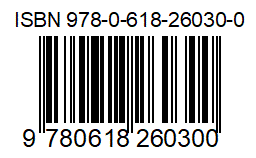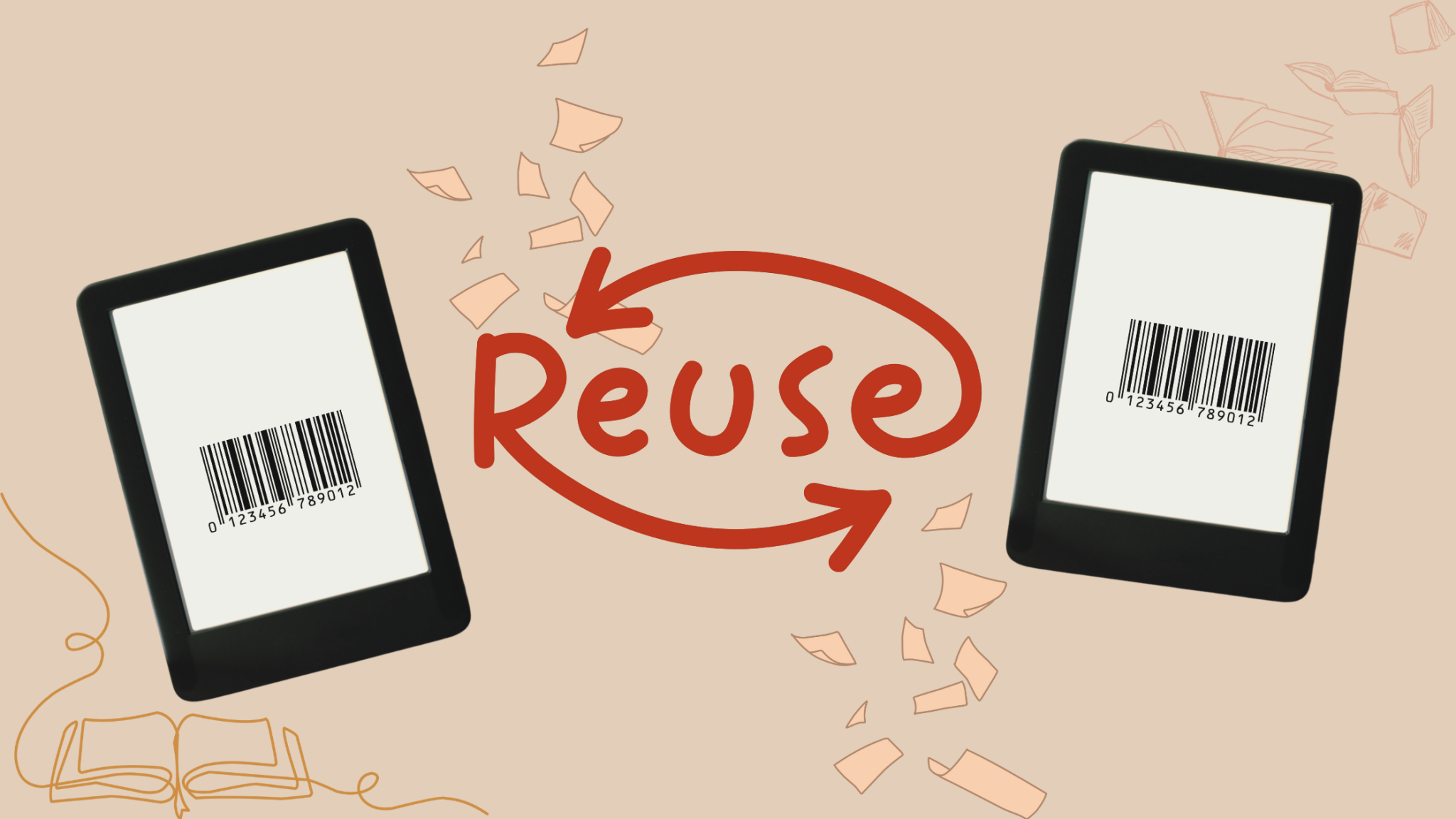When self-publishing or releasing new editions of an eBook, one of the most common questions authors and publishers have is whether they can reuse an ISBN (International Standard Book Number) for a revised version of their eBook. Understanding the rules surrounding ISBNs and revised editions is crucial for maintaining proper book identification, legal compliance, and marketing efforts. This article will explore whether it’s possible to reuse an ISBN for a revised edition of your eBook and cover the essential information you need to know.
What is an ISBN?

An ISBN is a unique identifier assigned to books and eBooks to distinguish them from one another in the global marketplace. It’s a 13-digit number (formerly 10 digits before 2007) used by booksellers, libraries, and publishers to catalog and manage book inventories. ISBNs are essential for tracking sales, distribution, and copyright information and for ensuring that books are correctly identified in databases, online bookstores, and physical stores.
Each ISBN is associated with specific details of a book, such as the title, author, publisher, edition, and format (eBook, hardcover, paperback). When you self-publish an eBook, obtaining an ISBN allows you to control the copyright and distribution rights, making it a crucial step in the publishing process.
Can You Reuse an ISBN for a Revised Edition?
The short answer is no – you generally cannot reuse an ISBN for a revised edition of your eBook. Here’s why:
An ISBN is assigned to a specific version of a book. This means that each different version or edition of your eBook, including updates, revisions, or even changes in formatting, requires a new ISBN. The International ISBN Agency, the global organization that oversees the assignment of ISBNs, has strict guidelines regarding when a new ISBN is needed.
When to Assign a New ISBN
Here are some scenarios where a new ISBN is required for your revised eBook:
- Significant Changes in Content: If the content of the eBook has been significantly altered or updated, such as additional chapters, revised chapters, or substantial edits, a new ISBN should be assigned. For example, if you update your eBook with a new foreword, new sections, or additional material, it qualifies as a new edition and requires a fresh ISBN.
- Change in Format: If your eBook has been made available in a new format (e.g., from ePub to Kindle format, or if you create an audiobook version of the eBook), a new ISBN is required. Each format of your eBook (PDF, ePub, MOBI, etc.) is considered a separate edition.
- Change in Publisher or Self-Publishing Platform: If you switch publishing platforms or a different publisher takes over the distribution of your eBook, a new ISBN should be assigned to distinguish between the two editions.
- Reprints or Revised Editions: Minor revisions, such as fixing typos, grammatical errors, or formatting issues, typically do not require a new ISBN. However, if the revisions involve significant updates (such as new content or a substantial reorganization of chapters), a new ISBN is necessary.
- Change in Language: If you translate your eBook into a different language, that counts as a new edition, and a new ISBN will be needed for the translated version.
When You Don’t Need a New ISBN
In certain cases, you may not need a new ISBN for a revised edition:
- Minor Updates: If you’re only making small adjustments, such as fixing spelling or grammatical errors, or formatting changes in your ebook that don’t affect the overall content, you can keep the original ISBN. Minor revisions do not change the book’s edition, so the same ISBN can remain valid.
- Fixed Formatting Errors: If your eBook was released with errors in formatting (e.g., the wrong font size, poor layout) and you’re only correcting these issues without changing the actual content, a new ISBN may not be necessary.
- No Changes in the Publishing Platform or Format: If you haven’t changed platforms or formats but are merely making small revisions, it’s typically acceptable to keep the same ISBN.
Why Reusing an ISBN for a Revised Edition Can Be Problematic
Reusing an ISBN for a revised edition can cause issues with book cataloging, distribution, and sales tracking. Here are a few reasons why reusing an ISBN for a new edition may not be ideal:
- Confusion with Retailers and Libraries: Reusing an ISBN could confuse bookstores, libraries, and distributors because they rely on ISBNs to correctly identify books. If a new edition with significant updates is assigned the same ISBN as the previous one, it can create issues in databases and cause problems with inventory management.
- Sales and Marketing Confusion: If the revised edition carries the same ISBN as an earlier version, it may be difficult for customers to distinguish between the two editions. This can impact sales, as readers may purchase the older version without realizing a new edition is available.
- Tracking and Reporting Issues: ISBNs are tied to sales data, so reusing an ISBN for different editions can cause confusion in tracking the book’s sales and marketing performance. Having a unique ISBN for each edition ensures that data can be accurately reported and tracked over time.
How to Obtain a New ISBN for Your Revised eBook
To assign a new ISBN to your revised eBook, you’ll need to go through the process of obtaining a new one. Here’s how you can do that:
- Check with Your Publisher or Self-Publishing Platform: If you’re publishing through a platform like Amazon KDP, IngramSpark, or Smashwords, they often provide free ISBNs. However, if you prefer to own the ISBN (and the rights to your book), you can purchase one directly from an ISBN agency, such as ISBN Service (for U.S. publishers).
- Choose a New ISBN for Each Edition: Make sure to assign a unique ISBN for each revised edition, especially if it involves significant content changes. You may also need to assign different ISBNs for different formats (eBook, paperback, audiobook).
- Update Metadata: Once you have a new ISBN, make sure to update the metadata for your eBook with the new information. This includes the new edition details, ISBN number, and any changes to the publishing platform or format.
Conclusion
In summary, you cannot reuse an ISBN for a revised edition of your eBook if the changes to the content, format, or other factors are significant. ISBNs are unique identifiers for specific versions of books, and each revised edition, format, or translation of your eBook requires its own ISBN. However, minor revisions may not require a new ISBN. By following proper ISBN assignment guidelines, you can ensure that your eBook is correctly identified, tracked, and marketed in the global book industry.


